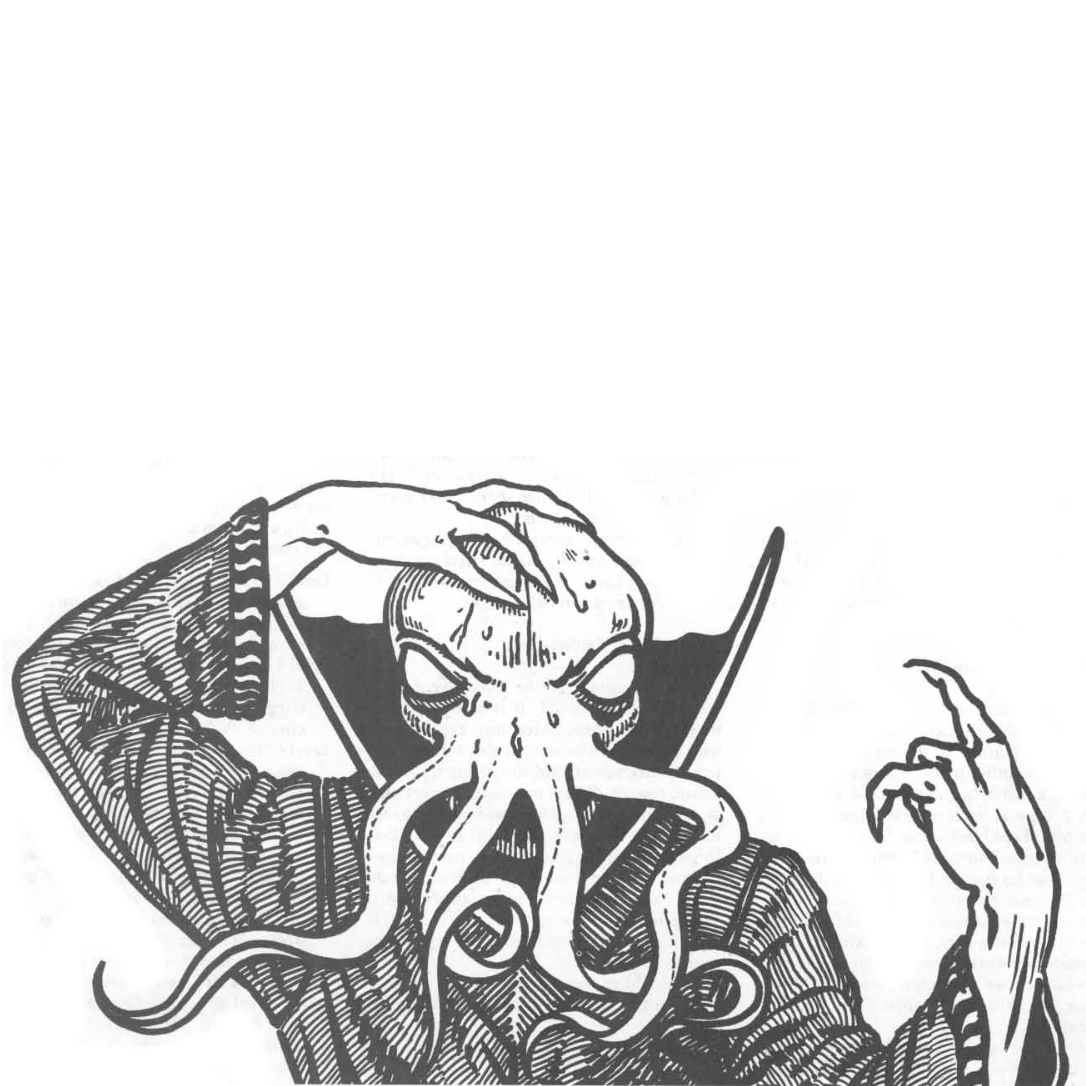I would like to talk a little bit, and hear your opinions, on something not too often mentioned when discussing action resolution mechanics and processes in tabletop roleplaying games. That is when during the process you do the roll. The endpoints on that spectrum can be called Go then Roll and Roll then Go. At their extremes
-
Go then Roll is declaring your action (I attack, I investigate etc) followed by a roll to see how well you did that action. Example: I attack the ogre - roll d20+mod vs AC - on hit do d6 damage.
-
Roll then Go often begins by declaring how you intend to tackle the obstacle (with finesse, by being offensive) followed by a roll and once you have the result of the roll you choose what is actually accomplished. Sometimes you even at this stage you say what your character actually does. Example: I directly engage the ogre with violence - roll [something] and count successes - spend successes on things in the scene such as dealing damage.
As with many other things my preference lies in the middle, a bit skewed towards Go then Roll. Most of my preferred systems lie there, Genesys and many (most?) PbtA to mention some. As I player I find myself more involved in my character’s actions and for longer. Less of a do stuff - roll - get result - hand over spotlight. It is a greater invitation to get engaged in the narrative. When GM-ing it is a bit the same, and more. Apart from dragging the players kicking and screaming into narrative responsibility (slight exaggeration) it is very insightful what the players/characters do after they have done their primary thing. After dealing damage do they got out of danger? Take the foe’s attention giving their mates space to recover? It just give me so much more.
Genesys does this by not only having success/fail in it’s roll resolution by also advantage/disadvantage. Adv/disadv can then be spent on activating abilities or changing (minor) things in the scene to mention a few options. Many PbtA have on some (many) moves “on hit choose one, on strong hit choose two” when when looking at what happens after the roll. Actually the PbtAs does this really well by presenting the result options in the same visual space as the roll mechanics, on the same move card. Visual design is game design.
Interested in hearing experiences, insights and opinions.


I’m having trouble seeing the distinction. In your “Roll then Go” example, the PC already chose the course of action before engaging the ogre. ‘I deal with the ogre offensively’ is just more vaguely worded than ‘I attack the ogre’, isn’t it?
It is more vague, and I may not have chosen the best descriptions in an effort to be concise. Roll then Go often, but not always, doesn’t resolve things task-by-task but takes a few steps back to a larger picture. A roll can cover a conflict or a whole scene. Back to the ogre for example, say it is rampaging through a village and you choose your character’s action as directly engaging with it (fight in melee). You make your roll and from that we let the struggle play out. Some successes may be spent to minimize collateral damage, some to avoid damage and some to deal damage. Or perhaps if the roll wasn’t that good successes could only be afforded to be spent on minimizing collateral damage. The choice of specific actions and outcomes are moved from before before the roll to afterwards when you know what specific actions you can afford.
Perhaps it’s my lack of experience with such systems, but I still see those as the same thing except whether you “zoom in” or “zoom out” of the scene. The closest analogy I can think of is Ironsworn, where you can use multiple Clash, Secure an Advantage etc. moves to simulate combat, or settle it in a single Battle roll. In the latter case, I’d still call it “Go then Roll” because deciding to fight at all is the choice being made.
Ironsworn is one of those games I really enjoy and fall into that middle ground. Let’s take a look at the Clash move where it says
That choice after the roll, when we how how well the roll went leans into Roll then Go territory. Sojourn is another move in this style.
Hmm, I guess that’s where we see things differently. To me those choices aren’t part of the “Go” before the “Roll”, while you group them together under “Go”.
I see where you are coming from and we may just see things differently. Should you have the time then take a look at Panic! at the dojo, a combat focused martial arts game. Leans very heavily into Roll then Go. To do combat you each round choose a stance, which gives you your dice pool and a set of actions you can spend dice on. Haven’t played it yet, barely even read the book but there was a video posted here some time ago from OSP about non-dnd systems which mentioned it.
Here https://ttrpg.network/post/7165